This post is adapted from a Brookings Election 2016 Policy Brief, Why cities and metros must lead in Trump’s America.
For the past eight years, gridlock in Washington, DC left city and metro leaders with an inconsistent partner in the federal government, spurring what Jennifer Bradley and I have termed a “metropolitan revolution” of bottom-up innovation across the country.
But with Donald Trump and the Republicans’ electoral victory, the wheels of the federal government are about to get moving again; this time, with a burst of conservative activism not seen in decades. A wide range of policies relating to taxes, trade, the environment, immigration, infrastructure, and health care seem likely to be upended. But some things will stay the same—metropolitan areas will continue to drive our national economy forward, and they will remain the geographies most capable of bridging the partisan divisions that plague our national politics. In both of these respects, local leadership will now be more important than ever.
As Republicans begin to exercise relatively unchecked executive and legislative power, it remains to be seen how they will interact with core tenets of our country’s federalist arrangement. The Trump administration and the Republican legislature should recognize that many essential public functions can only realistically be provided by the federal government. Washington must lead in promoting American interests overseas, providing a safety net for the elderly and disadvantaged, protecting civil rights, maintaining environmental and regulatory standards, and funding basic science and research. If the Republican-led federal government relinquishes these responsibilities, our country will undoubtedly suffer.
But on many other matters that determine our country’s future prosperity and shared growth—the vitality of our businesses, the education of our children, the quality of our infrastructure, the vibrancy of our public spaces, and the skills of our workers—Washington is a junior investor and partial decider. Of every public dollar spent on K-12 education and transportation infrastructure, for example, the federal government invests only 12 cents and 25 cents, respectively. These small contributions are also likely to decline further as our nation’s elderly population grows and spending on healthcare and retirement programs rises.
With the metropolitan revolution well underway, states and metropolitan areas are already designing, financing, and delivering these public goods. But given the uncertainty looming over Washington, these efforts will likely need to expand.
Evidence of metropolitan activism abound. Broward County, King County, and San Antonio are generating hundreds of millions of dollars in local revenues to provide children with high quality early education. Last week, voters in Columbus, Los Angeles, and Seattle approved $180 billion in additional taxes to spur ambitious transit expansions and build more sustainable patterns of development. Private and civic investors in Indianapolis, Pittsburgh, and St. Louis are transforming their cities into global centers of technology by strengthening collaboration between universities, companies, entrepreneurs, and business incubators.
Yet America needs more than jobs. This election revealed the true breadth of the chasm between cities and rural areas, as well as racial and ethnic groups. Bridging these divides will not happen in our nation’s capital. The national political parties lump distinct places and constituencies into their bases and often do more to drive groups apart than bring them together. This is not the case at the metropolitan level.
Metropolitan areas aren’t just central cities—they are economic geographies that encompass suburbs and, due to sprawling development patterns, hundreds of rural communities. Nearly 50 percent of people in rural areas live and commute within metropolitan communities. The people living in these places are bound together by shared labor and housing markets; they are stuck in the same traffic jams; they root for the same sports teams; and they share an interest in improving their mutual quality of life.
Local activism engages stakeholders across the political spectrum in a way that often feels impossible in Washington. Democrats and Republicans at the metro level have repeatedly demonstrated an ability to recognize common interest and compromise to get stuff done. It is not always easy, and there are always loud, impassioned detractors. But local community networks—unlike ideologically rigid national parties—ultimately reward action and punish obstruction.
America’s resiliency is strengthened by a division of responsibilities that empowers communities to come together in improving the lives of their residents. Over the next several years, the hard business of investing in the future and uniting the nation will not be conducted in Washington. Rather it will occur in our localities, where leaders and residents in our cities, suburbs, exurbs, and rural areas will work together to find common ground and purpose. It remains to be seen if Republicans, now in control of our national institutions, will choose to strengthen or stymie this dynamic.
The Brookings Institution is committed to quality, independence, and impact.
We are supported by a diverse array of funders. In line with our values and policies, each Brookings publication represents the sole views of its author(s).
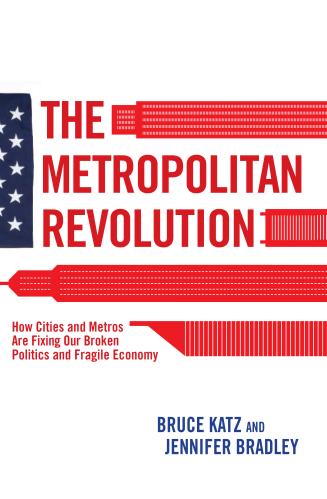
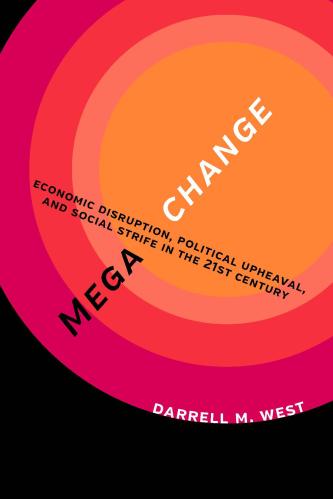
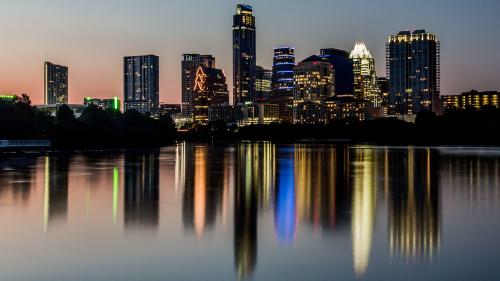
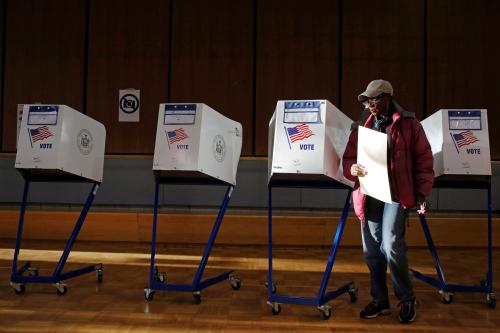
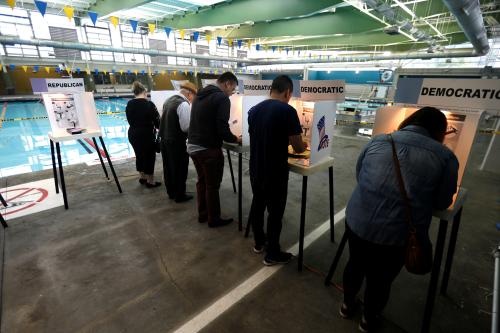




Commentary
Under Trump, look to cities and metros to power America forward
November 18, 2016